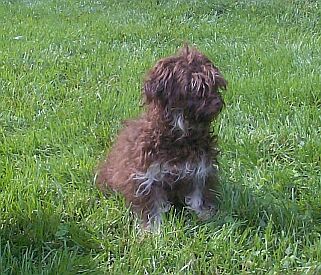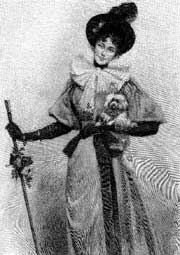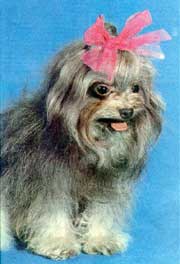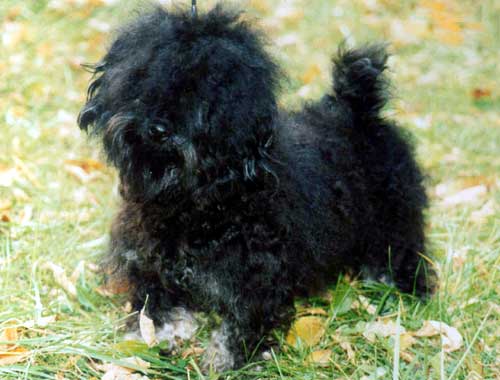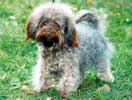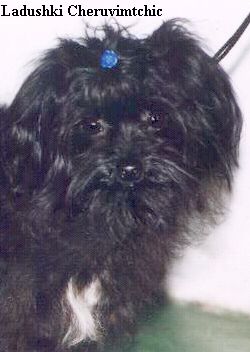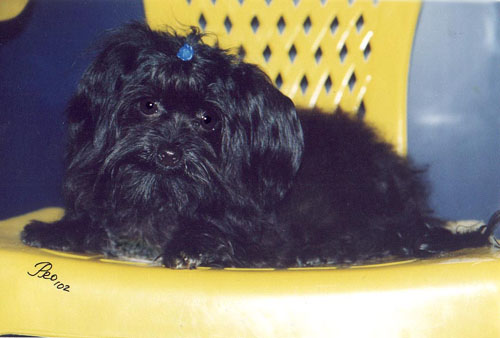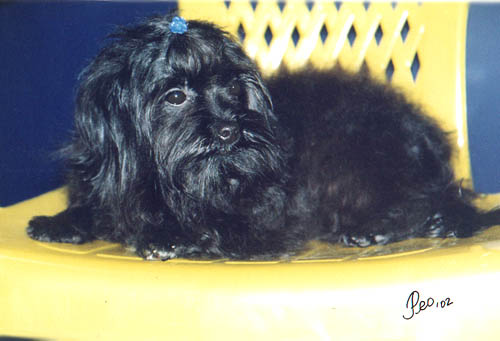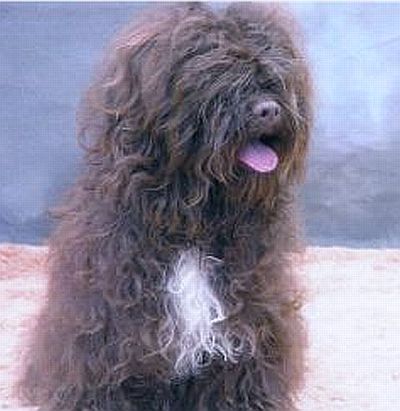After World War II, there was a surge of interest in new breeds of dogs, which expanded to include the non-sporting and toy breeds. During the Soviet regime it was almost impossible to import dogs from other countries. Gradually, the new breeds of dogs were developed by selection from already existing breeds. Whenever there was a hobby-breeder in any one particular town who was interested in selection, new populations of dogs were created. This is how the Russian toy breeds came into existence.
Today, Russian Toy Breeds include the Russian Toy Terrier, both smooth and long-coated(also known as the Moscow long-haired toy-terrier) and the Tsvetnaya Bolonka. The standards for these breeds were confirmed by RKF in the summer of 1997. At one time, the Russian Bolonka (also known as French Bolonka or Franszuskaya Bolonka), was also considered a Russian breed, but as of July 6, 1997 it is considered an Italian Bolognese.
Tsvetnaya Bolnka weighs up to 1.54kg, with its height of 20-25cm. Since this is the newest Russian breed, there are still many questions regarding not just the conformation but the typical temperament as well. These dogs are quite social and become very attached to humans. While every dog is an individual, yet there are common typical traits such as loyalty, sociability and dependence from humans.
They are not dog aggressive and are amazingly easy going when living with other breeds of dogs, cats and even guinea pigs. Because the breed is so young, there is limited uniformity. Even littermates can vary in body type, coat length, texture and color and other traits.
Tsvetnaya Bolonkas are close to square. Their coat is long, shiny and wavy with big curls with rich undercoat. The coat should not be too soft or too long like a Yorkshire Terrier. The ears are down, tightly attached to the head or slightly protruding, but not too short or too long.
The tail set is very important it should be completely over the back with its tip touching the back. The hair on the head and muzzle should be the same as all Bolognese.
Tsvetnaya Bolonka is fairly big boned compared to other toy breeds. Because of its wide chest and rounded rib cage, its weight is two times more than the weight of a Yorkshire Terrier of the same height. These dogs are known for robust health but they require extra care because of their coat, eyes and ears. Daily brushings of the beard and the mustache, ears and the tail are recommended.
Show grooming includes bathing, and with minimal blow drying so that the breed characteristic curls may reform. The hair should be lifted off the eyes with a bow or a rubber band.
The goals to be achieved in breeding include: wide skull and muzzle with hair all-around and full dentition, in particular, full incisors (6+6), non-protruding eyes, and the correct tail set.
Note: The following history is translated from the Russian and adapted adding other bits and pieces of the history of the RUSSIAN TSVETNAYA BOLONKA. Please feel free to contact us for corrections and additions as this is an ongoing project.
HISTORY OF THE RUSSIAN TSVETNAYA BOLONKA
.Historically, Russia was never known for toy breeds of dogs. The reason for this is primarily because of the older Russian attitudes of utilitarianism where the merchants and farmers would never keep an animal that was not a "working dog" of some kind. The Tsvetnaya Bolonka is a new breed of Toy Dog discovered after the Iron Curtain fell but can possibly be dated back to the early 18th century.
A small sized Maltese type dog from the courts of Louis IV
were presented to Russian nobility as gifts . A curly coated breed evolved similar to the present day Bichon Frise except it is very small and became known as Fransuka.
